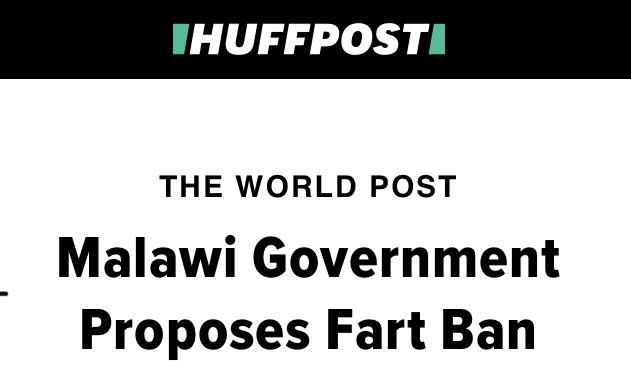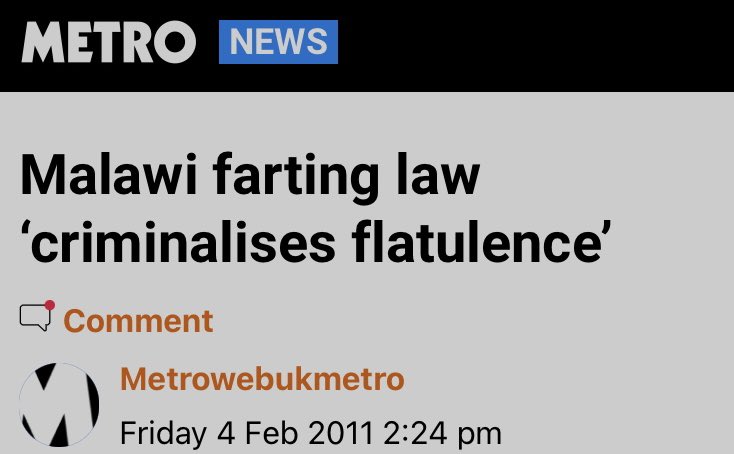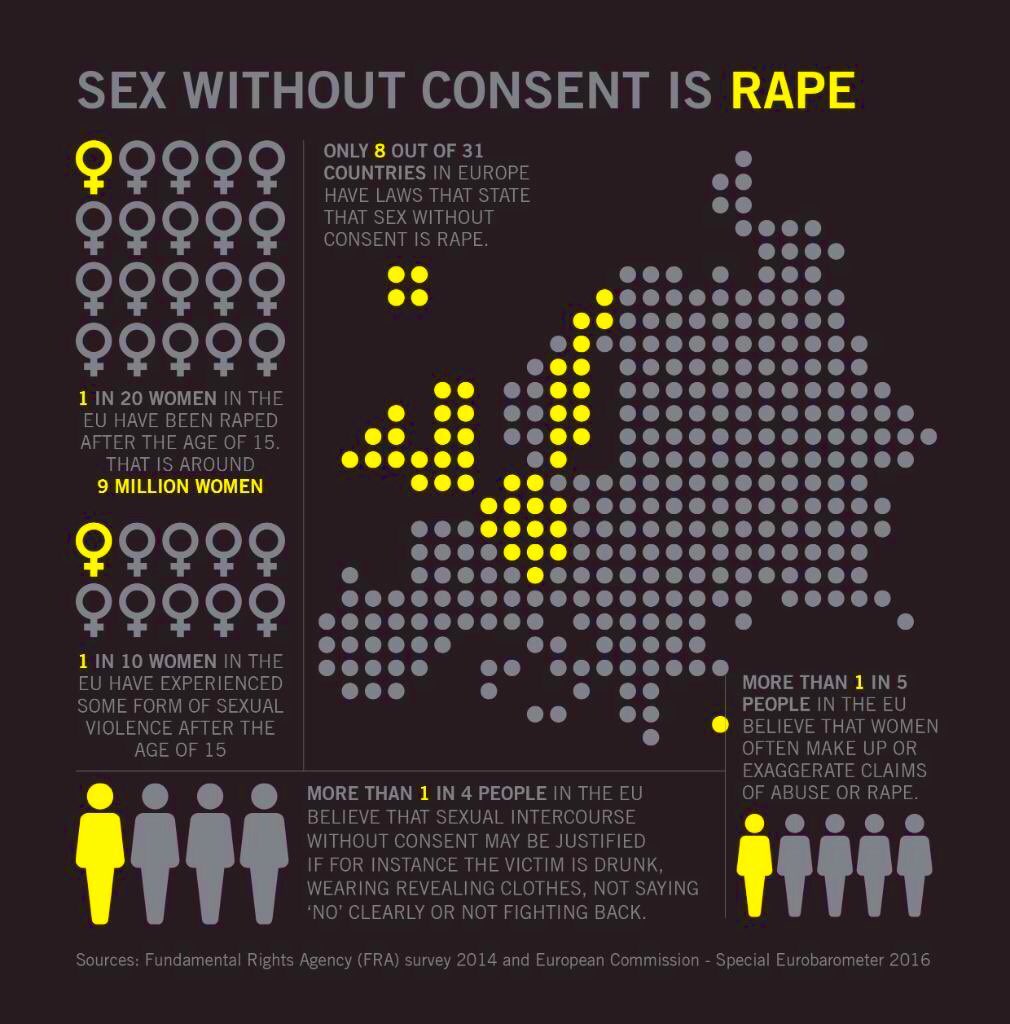
1/11. Twenty-five years after #SouthAfrica’s miraculous 1st democratic elections, it’s easy to forget just how close the county came to civil war.
I was working for the ANC from 1992-4 & there were times - right up to Election Day - that it “seemed impossible until it was done.”
I was working for the ANC from 1992-4 & there were times - right up to Election Day - that it “seemed impossible until it was done.”

2/11. With weeks to go, violence in KwaZulu-Natal was escalating with the Inkartha Freedom Party (IFP) boycotting the elections.
Well-armed conservative Afrikaner militias were mobilising.
Tensions were mounting in the so-called “homelands” of Ciskei, QwaQwa & Bophuthatswana.
Well-armed conservative Afrikaner militias were mobilising.
Tensions were mounting in the so-called “homelands” of Ciskei, QwaQwa & Bophuthatswana.

3/11. Two days before the elections, a massive car bomb in Jo’burg killed 9 ppl including ANC candidate, Susan Keane, & injured 92. The next day, 12 ppl were killed by bombs targeting black ppl in Germiston & Pretoria.
All attacks bore the hallmarks of white separatist groups.
All attacks bore the hallmarks of white separatist groups.
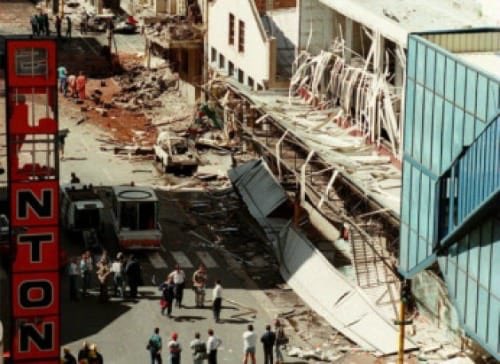
4/11. On 28 March, 55 ppl were killed & hundreds injured as violence erupted in Jo’burg as IFP supporters protested against the elections. 19 were killed as they marched on the ANCs HQ.
But after intense negotiations & with just a week to go, the IFP agreed to contest elections.
But after intense negotiations & with just a week to go, the IFP agreed to contest elections.

5/11. A year earlier, Mandela had pulled the country from the brink of civil war after the assassination of Chris Hani.
Ironically, his murder had the opposite effect of that intended, demonstrating that only the ANC could hold the country together. m.vice.com/en_uk/read/the…
Ironically, his murder had the opposite effect of that intended, demonstrating that only the ANC could hold the country together. m.vice.com/en_uk/read/the…
6/11. On 10 March, another key moment was the failed attempt by the Afrikaner Resistance Movement (AWB) to prop up the puppet govt of Bophutatswana, whose leader was refusing to participate in the election.
Front page photos of the shooting of three AWB members had a big impact.



Front page photos of the shooting of three AWB members had a big impact.




7/11. At midnight on election eve, I watched as the new flag was raised above parliament, then slept a few hours before heading back to the office.
After polls closed Mandela rptdly told a friend: “I should be jumping for joy but I just feel a stillness. There is so much to do.”



After polls closed Mandela rptdly told a friend: “I should be jumping for joy but I just feel a stillness. There is so much to do.”




8/11. Whist a massive ANC majority was never in doubt, the declaration of the results was still eye-watering & emotional.
Thousands gathered on Grand Parade in Cape Town on the night of 1st May, our jubilation overshadowing any disappointment at the ANC’s loss in Western Cape.
Thousands gathered on Grand Parade in Cape Town on the night of 1st May, our jubilation overshadowing any disappointment at the ANC’s loss in Western Cape.

9/11. “We succeeded to take our last steps to freedom in conditions of relative peace. We commit ourselves to the construction of a complete, just and lasting peace.”
On 10 May I was part of the crowd at Union Buildings as Mandela took the Oath of Office.
On 10 May I was part of the crowd at Union Buildings as Mandela took the Oath of Office.
https://twitter.com/stefsimanowitz/status/994509206375026688?s=21
10/11. Just after Mandela was sworn in came a moment that still gives me goosebumps.
Jets & helicopters flew low over the crowd.
Instinctively we flinched, but then it dawned.
The military - and the State - were no longer enemies of the people: they now belonged to the people.

Jets & helicopters flew low over the crowd.
Instinctively we flinched, but then it dawned.
The military - and the State - were no longer enemies of the people: they now belonged to the people.

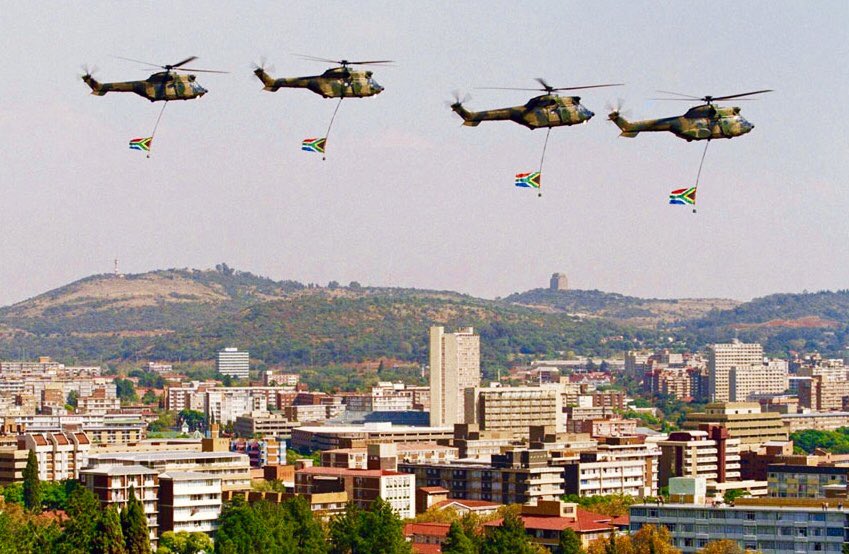
11/11. I came home soon after, but feel v privileged to have been there & to have worked alongside so many courageous people who sacrificed so much so that SA could be free.
“Bliss it was in that dawn to be alive. But to be a part of it was very heaven.” google.co.uk/amp/s/www.news…
“Bliss it was in that dawn to be alive. But to be a part of it was very heaven.” google.co.uk/amp/s/www.news…
On 18/4/93, I went to Gugulethu & Khayelitsha with @camerondugmore to help set-up big screens so people could watch Chris Hani’s funeral.
“The perks of govt are not appealing to me. What is important is what we do for social upliftment of the working masses of our country.” Hani
“The perks of govt are not appealing to me. What is important is what we do for social upliftment of the working masses of our country.” Hani

These photos were taken by legendary photographer, Kevin Carter. He ran out of film halfway through the incident - every photographer's nightmare - but still got enough pictures to burst the myth of Afrikaner power.
Kevin killed himself four months later. google.co.uk/amp/s/www.inde…
Kevin killed himself four months later. google.co.uk/amp/s/www.inde…
Freedom Front leader, General Viljoen, admitted in 2001 up to 60,000 armed men had been mobilised. “They wanted all talks to end & the war to start.”
The TRC found security force operatives, acting with right-wing groups & the IFP, had fomented violence. iol.co.za/news/politics/…
The TRC found security force operatives, acting with right-wing groups & the IFP, had fomented violence. iol.co.za/news/politics/…
Unroll @ThreadReaderApp
• • •
Missing some Tweet in this thread? You can try to
force a refresh



